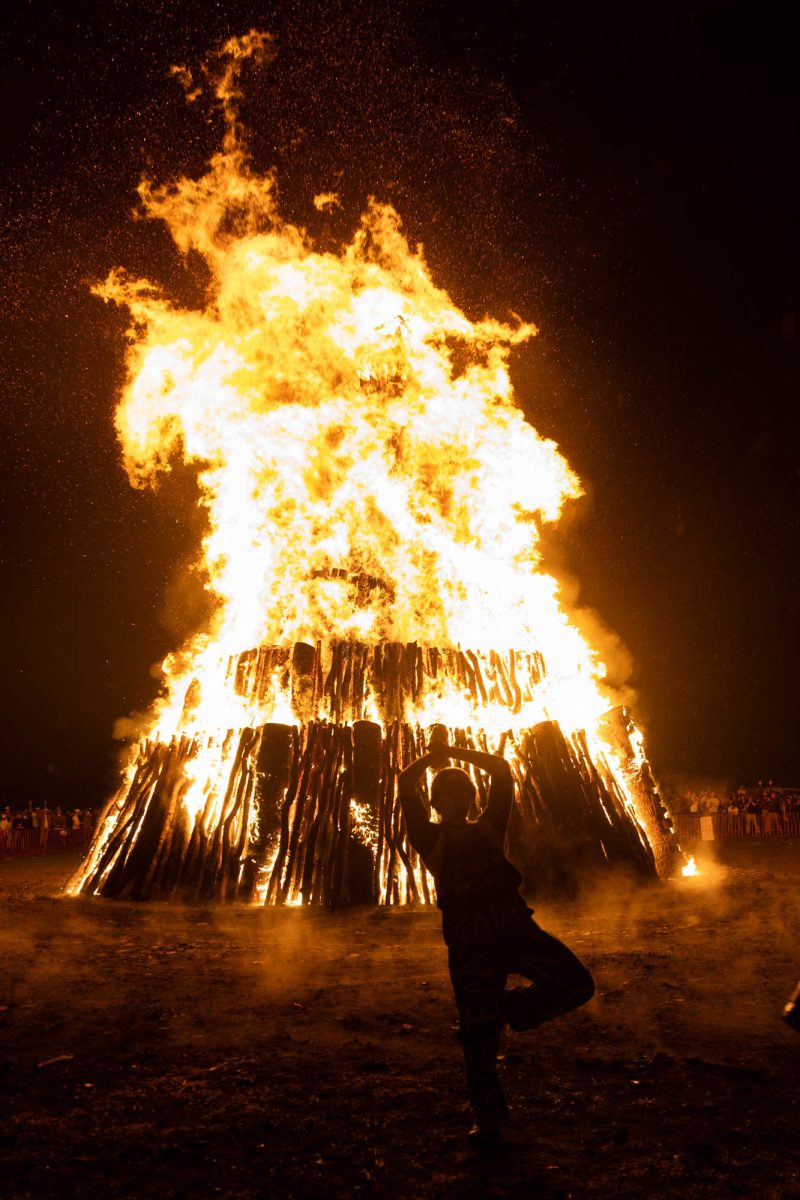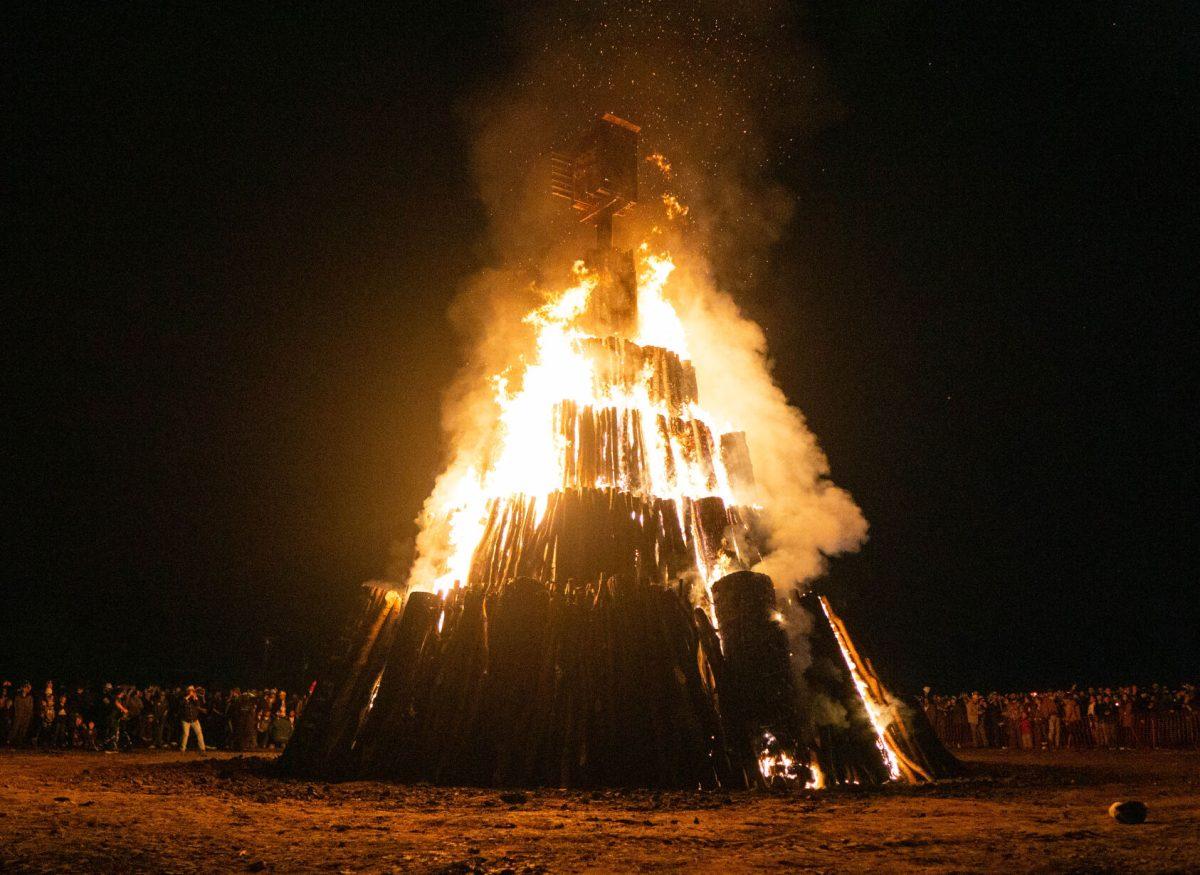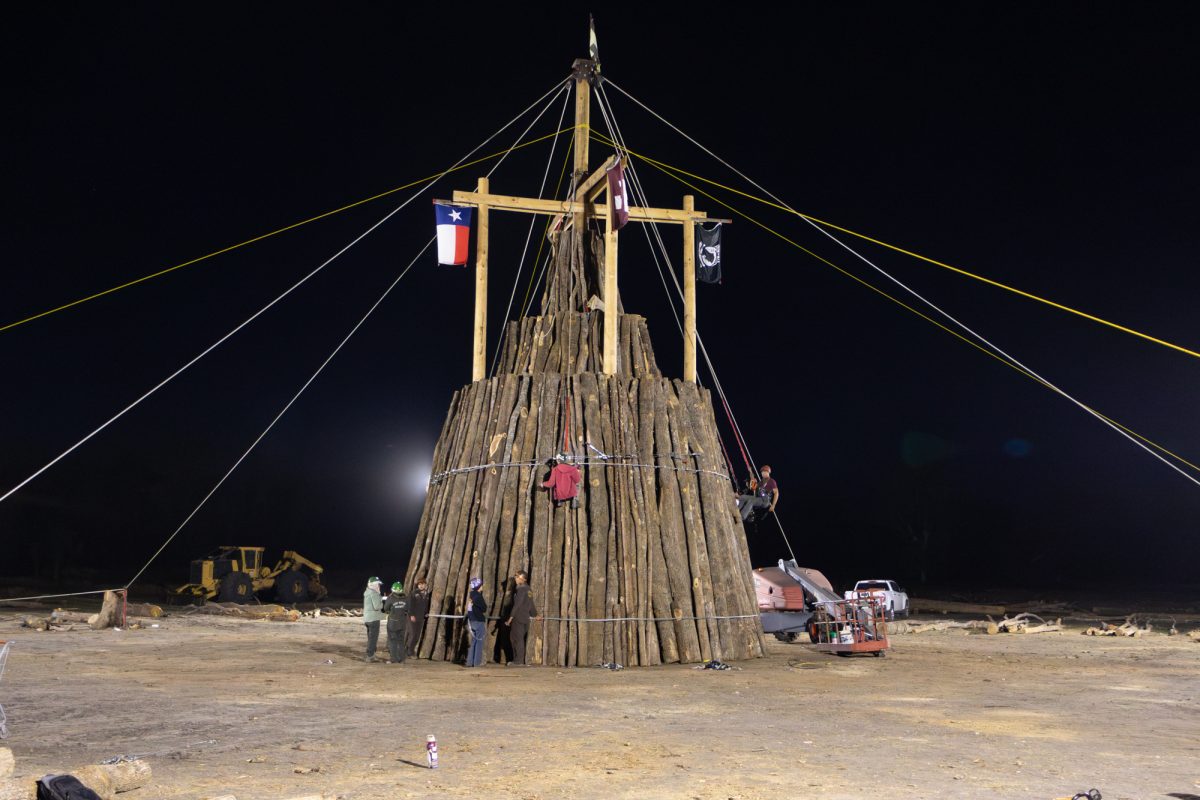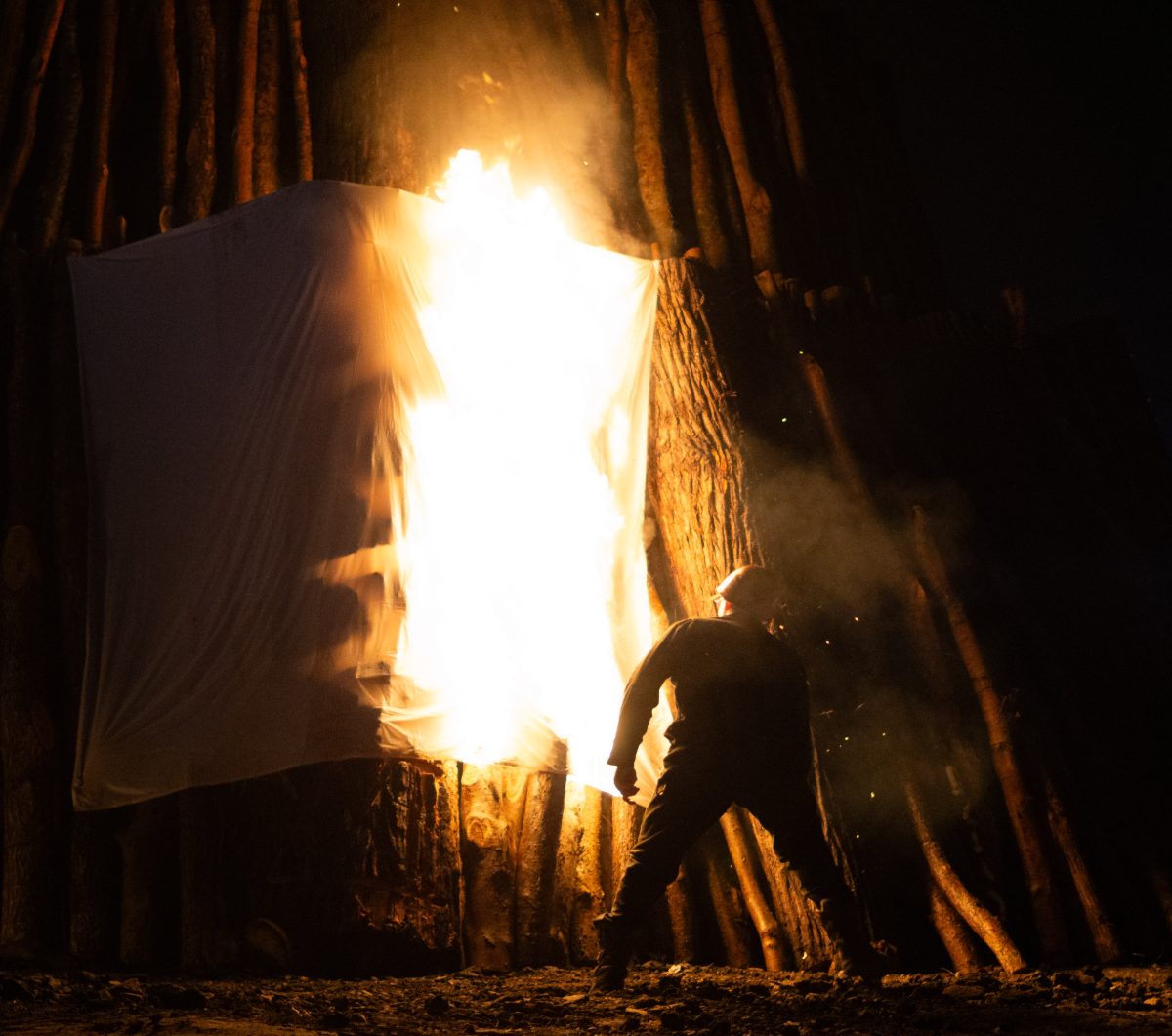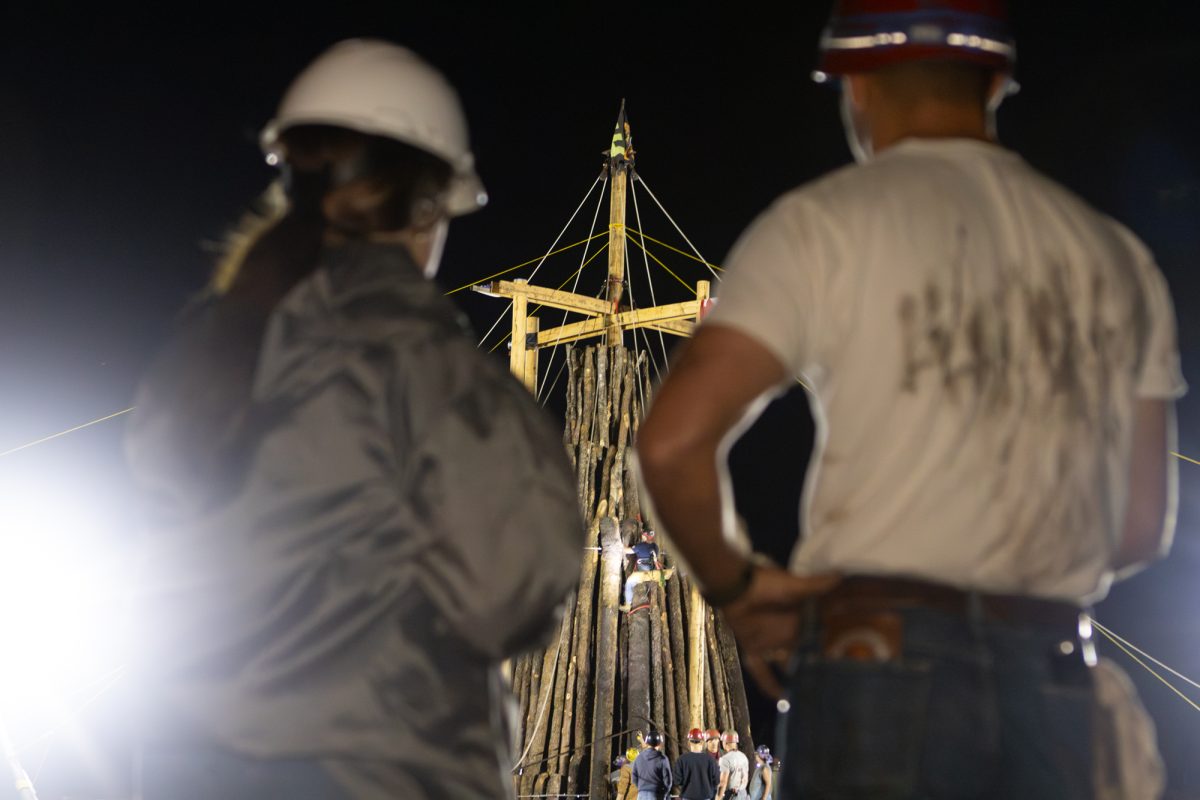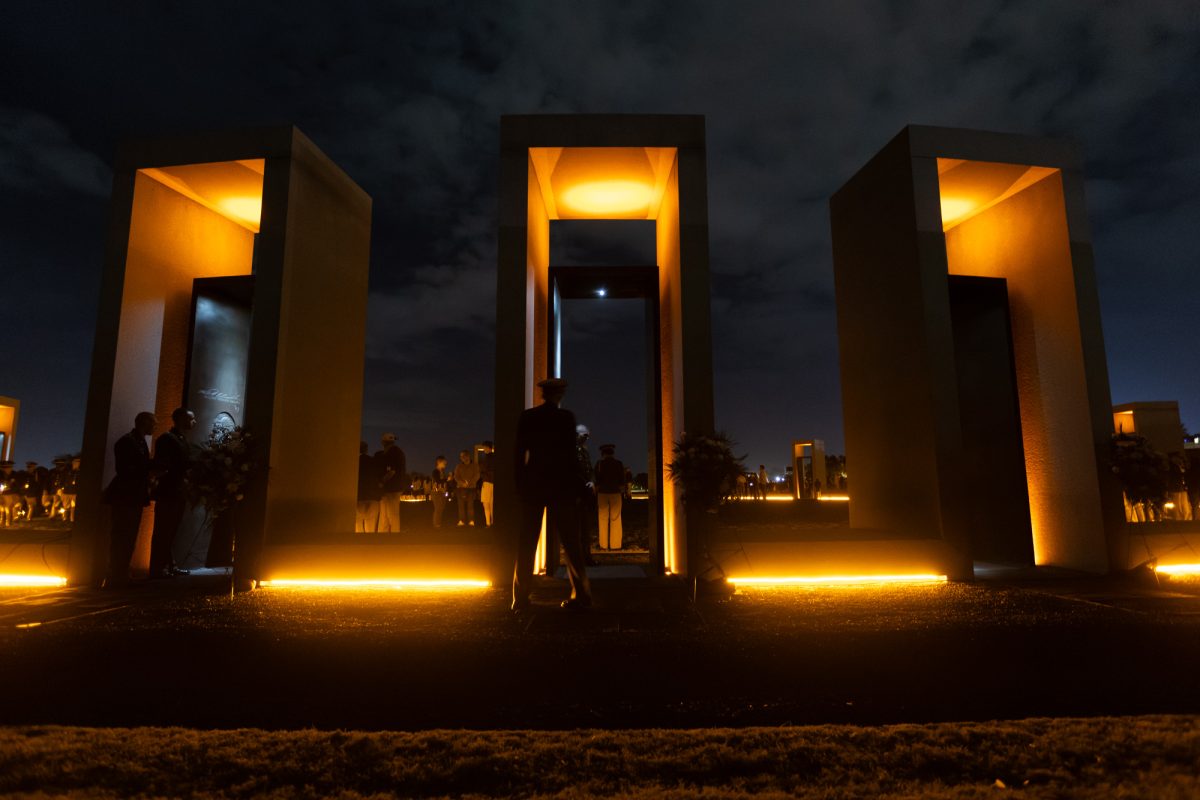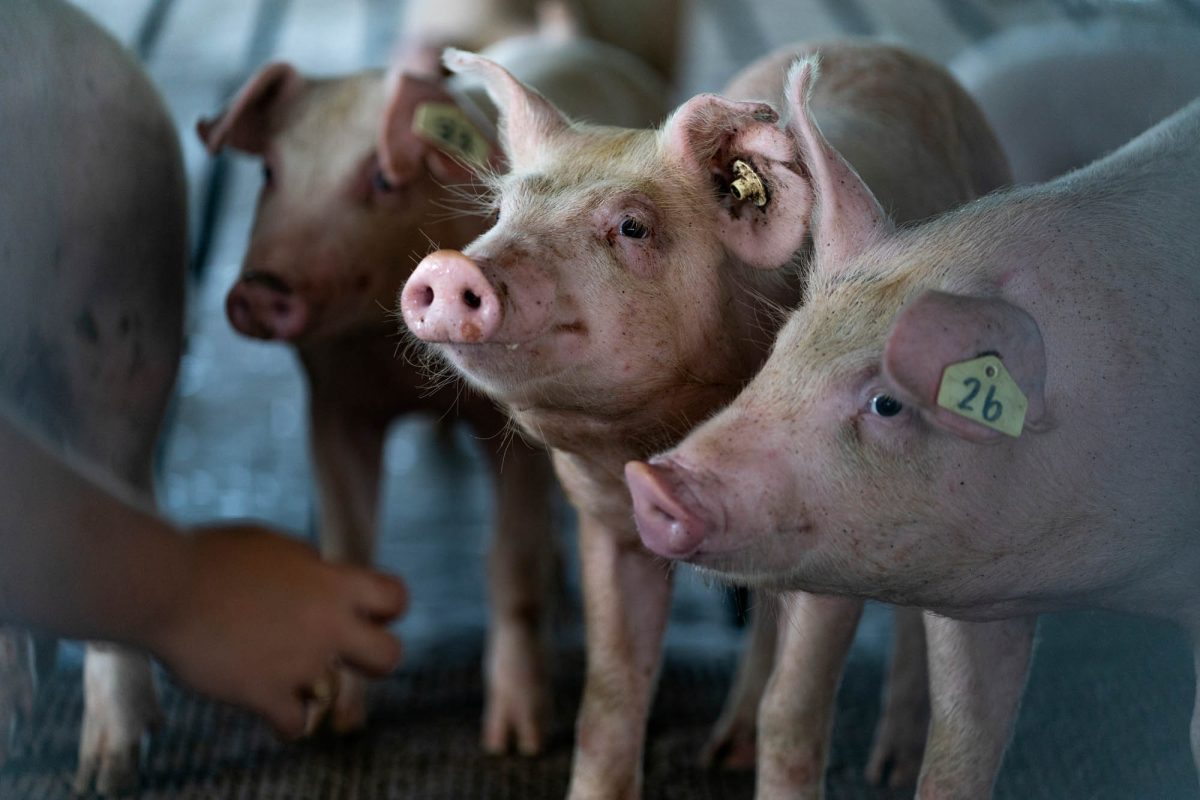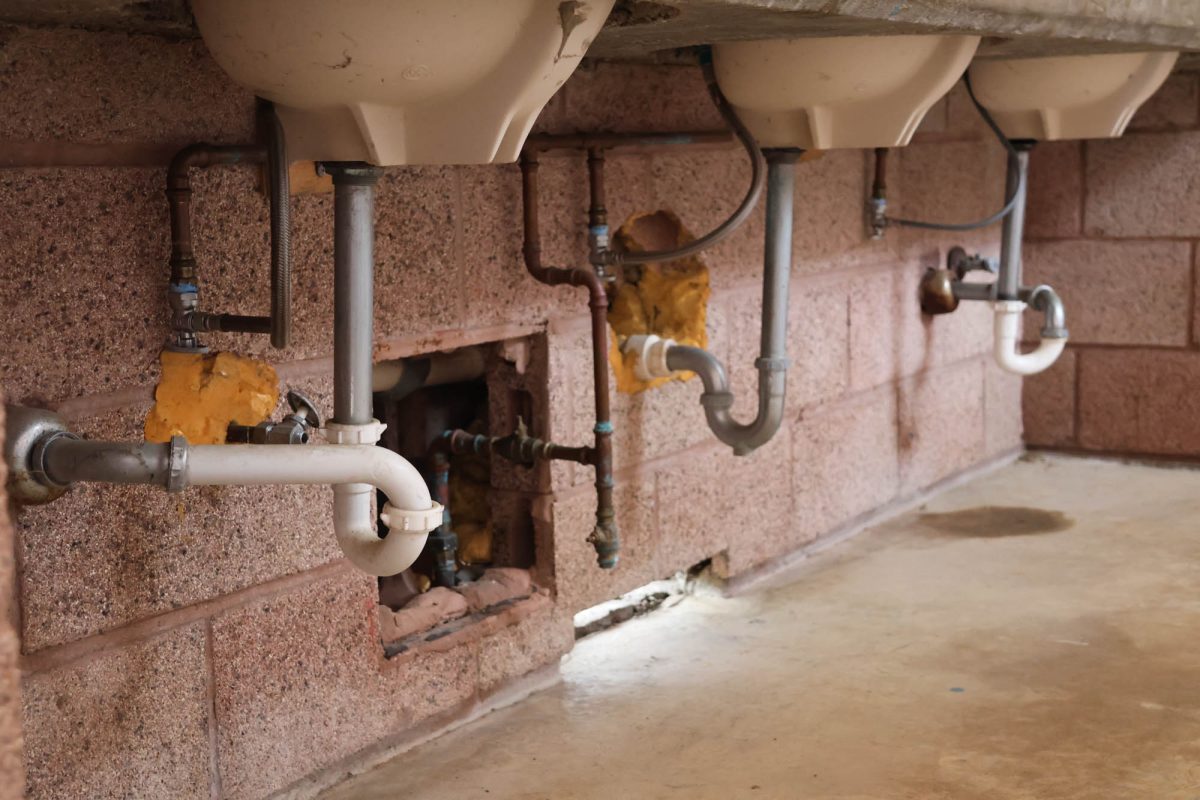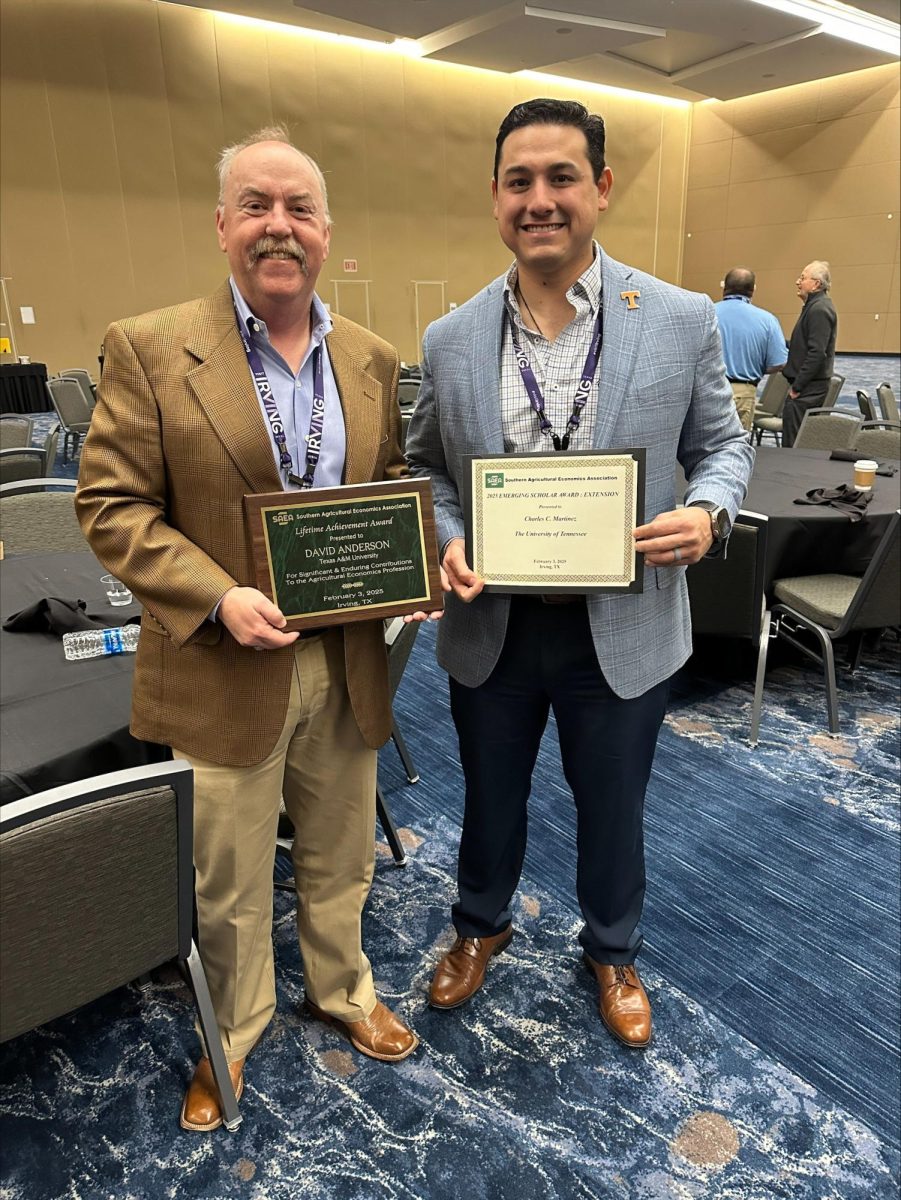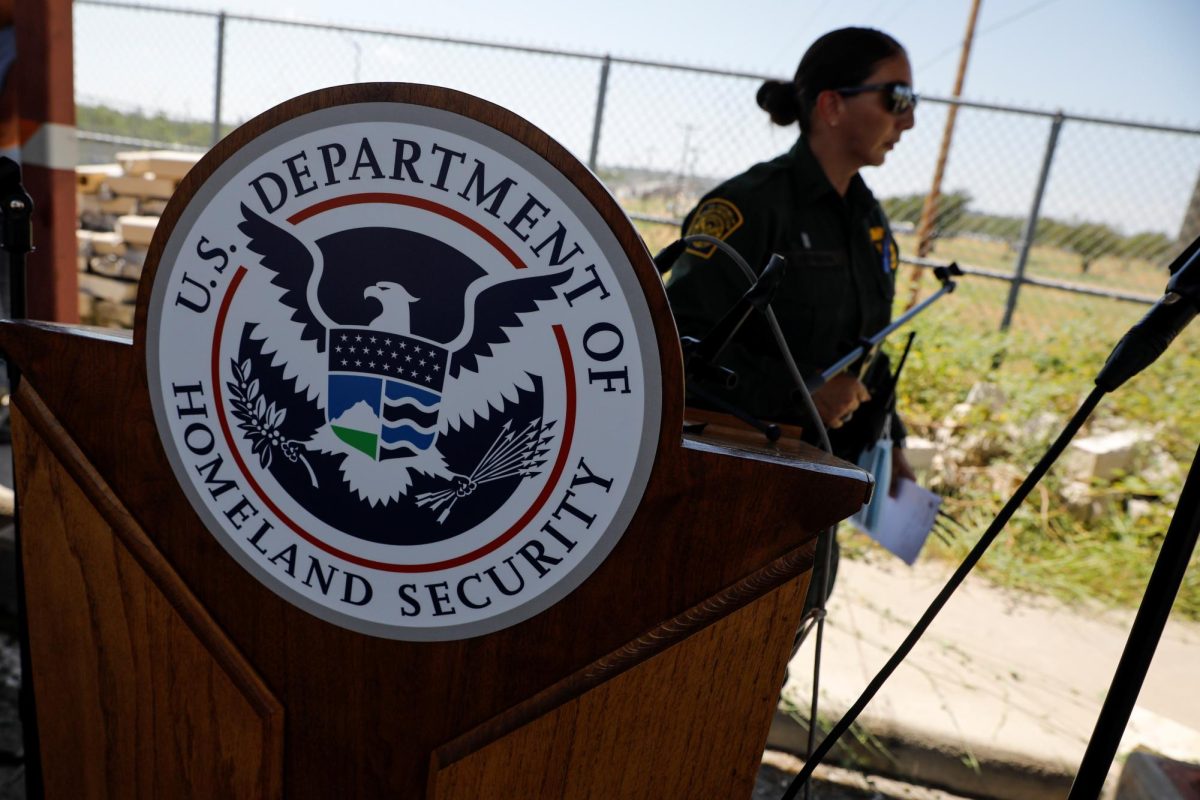At 2:42 a.m. Tuesday, a ceremony will recognize the 15th anniversary of the 1999 Aggie Bonfire Collapse, a day that affected Aggies across the country.
On Nov. 18, 1999, the Bonfire collapsed at 2:42 a.m. Eleven students were killed on the scene, and another died one day later in the hospital. Twenty-seven other Aggies were injured. One of the greatest tragedies in A&M history, Bonfire collapse is recognized each year, hosted by Traditions Council with help from the 12 families of the students killed in the collapse.
Behind the scenes, the E. King Gill subcommittee of Traditions Council coordinates with the families of victims and the university to make sure the event runs smoothly. Brendan Gould, member and economics sophomore, said the committee does its best to spread awareness about Bonfire Remembrance.
“We do everything from reserving parking lots [to make] sure they’re going to be open, we man Bonfire Remembrance table times to hand out buttons and ribbons as well as flyers to spread the word, make sure students are going to come,” Gould said. “We also do speaking engagements.”
Gould said the subcommittee also coordinates with the families and the yell leaders to set the atmosphere for the ceremony.
Joel Russell, chemistry senior and member, said while holding the ceremony so late at night might be inconvenient for some students, the time has significant symbolism for the university.
“For those who haven’t been, it’s because in the beginning we wanted to keep it at the same time as the collapse and the families were originally in charge of having the ceremony and facilitating it,” Russell said. “Only a couple of years ago did we switch to where students are actually in charge of it because the families knew that if this was going to continue as the ceremony, the students would have to be in charge of it.”
Gould said students have to understand what Bonfire meant before the 1999 collapse in order to understand Bonfire Remembrance.
“It was such a unifying event,” Gould said. “Nearly everybody from the campus and almost every student organization on campus would go out and help build Bonfire so it was a huge group effort for the entire campus that brought everyone together. And when it collapsed, not only did it take 12 Aggies, it was just really hard on the student body, essentially, because it could have been any one of them.”
Gould, who attended last year with his Corps outfit, recalled moments from the event like the slow march into the center of the memorial and the tone of the night.
“I thought it was an absolutely moving ceremony,” Gould said. “Everybody was so quiet, you could hear pretty much everything that was said all the way out to the edges of Bonfire, the edges of the ceremony where people were gathered.”
Russell said attending goes beyond the physical act of walking to the memorial.
“It’s more of an emotion,” Russell said. “It’s more a connection and feeling toward the university than anything else. Going there at 2:42 is such a simple way, in my mind, to think of how I can show my respect to the students who were like me, for a university who for many people are still recovering from what happened.”
Russell said an estimated 3,000 students attend the memorial, although one concern is that students who attend once don’t think about going back.
“People would have their Aggie bucket list, and this was something on their Aggie bucket list,” Russell said. “The reverse connotation of that is, ‘Okay, I crossed it off of my bucket list. Now I don’t have to do it anymore.’ This is something that we want you to do but not as a bucket list item. We want you to go experience this and go the next year as well because it’s not a one-and-done thing.”
Russell said students who visit the memorial should remember not to sit, stand or step on the granite blocks that signify the years Bonfire burned, as that is essentially stepping on the memorial itself.
Traditions Council handles remembrance ceremony duties
November 16, 2014
0
Donate to The Battalion
$2790
$5000
Contributed
Our Goal
Your donation will support the student journalists of Texas A&M University - College Station. Your contribution will allow us to purchase equipment and cover our annual website hosting costs, in addition to paying freelance staffers for their work, travel costs for coverage and more!
More to Discover




